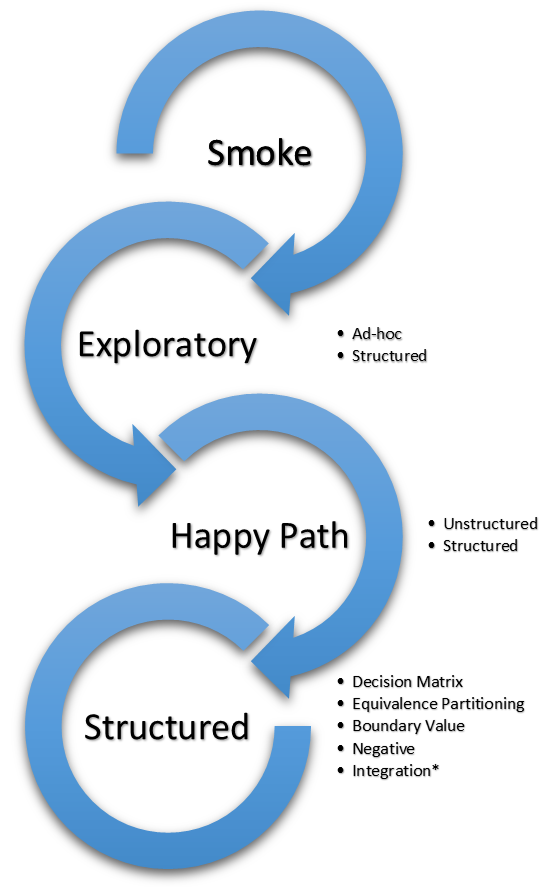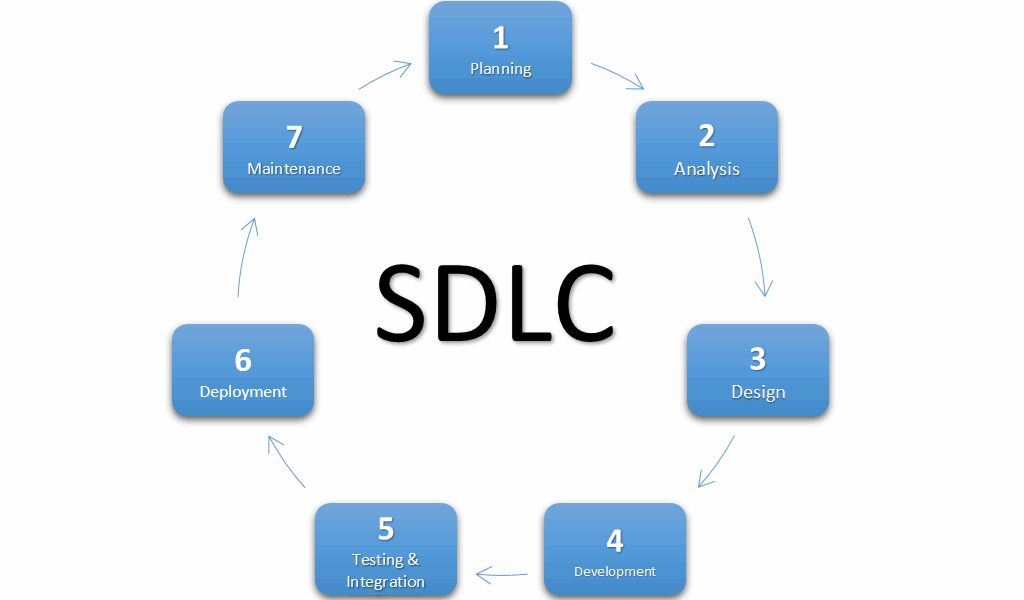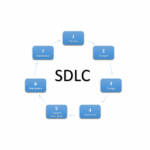Software quality is a key factor in the success of digital products. It is directly related to user satisfaction, system stability, and efficiency in development and maintenance processes. To achieve a high standard of quality, it is essential to adopt robust practices throughout both the development and testing cycles—applying systematic verification and validation strategies.
Software Development Lifecycle
The software development lifecycle is the set of stages that guides the creation of systems, from understanding the problem to delivering the solution. The main phases are:
- Requirements Gathering: Identifying client needs and defining what the system must do.
- Requirements Analysis: Detailed analysis of needs, business rules, and technical feasibility.
- Design: System architecture, technical design, interface planning, and data modeling.
- Development / Coding: Writing the system’s code according to the defined design.
- Testing: Verifying and validating the system to ensure it meets the requirements, with a focus on quality.
- Deployment: Releasing the system to the production environment and making it available to the end user.
- Maintenance: Fixing bugs, applying improvements, and performing continuous updates after delivery.
This process may follow models such as Waterfall, Iterative, Incremental, or Agile (like Scrum and Kanban).
Software Testing Lifecycle
The testing lifecycle is essential to validate whether the software meets the defined requirements and is free of critical defects. It typically follows these stages:
- Test Planning: Defining the scope, strategy, and schedule.
- Test Case Specification: Detailing the tests to be executed.
- Test Environment Setup: Preparing the technical environment needed for execution.
- Test Execution: Performing manual or automated tests.
- Result Logging and Analysis: Identifying defects and analyzing behaviors.
- Closure: Final evaluation, documentation, and lessons learned.
This approach aligns with standards such as ISO/IEC/IEEE 29119, which promote quality, traceability, and standardization.
Testing Strategies: Agents and Actions
Adopting a strategic approach and establishing a logical flow throughout the testing cycle is essential to ensuring software quality at every stage of development. A well-planned approach enables early detection of defects, minimizes rework, and ensures that deliveries are more closely aligned with end-user expectations. This strategy should take into account who is performing the tests, what is being tested, and how the tests are applied—integrating the responsibilities of each participant with the most effective techniques for each phase.
In this context, testing activities can be planned based on two flows: one centered on the agents (or roles involved in development), and another based on the validation or system testing phase—primarily carried out by the “tester” or QA agent.
The Agents

The first flow outlines the organization of responsibilities among the key agents in the process: Developers, the QA Team, and Clients.
- Developers start with unit and integration tests (read this article to learn more), ensuring that individual system components function correctly and interact as expected.
- Next, the QA team expands test coverage—starting with smoke tests (a basic check of system stability), followed by exploratory tests (searching for unexpected errors), happy path tests (main system flows), and broader integration tests (read this article to learn more).
- Finally, the client conducts acceptance and beta testing, validating whether the system meets business requirements and is ready for real-world use.
The QA Agent (“Tester”)

The QA Agent (“Tester”)
The second flow details the technical stages of the testing cycle carried out during the QA (Quality Assurance) phase.
After an initial validation through a smoke test, exploratory testing can be performed – either ad-hoc (without a predefined script) or structured (based on defined scenarios). Next, happy path tests are used to verify whether functionalities behave as expected under ideal conditions; these can also be either structured or unstructured. Finally, additional structured functional tests deepen the validation process using techniques such as decision matrix testing, equivalence partitioning, boundary value analysis, negative testing, among others – enabling broader and more precise coverage of system behavior.
This integrated approach – combining roles, stages, and techniques – ensures a more efficient, scalable testing process that aligns with software quality best practices.
Conclusion
Ensuring software quality is a collaborative, continuous, and structured effort. Through well-defined development and testing cycles, combined with practical strategies like those illustrated in the images, it is possible to deliver reliable, secure products that are aligned with user needs.
The integration between development, QA, and the client is the key to transforming software into real value.
—–






